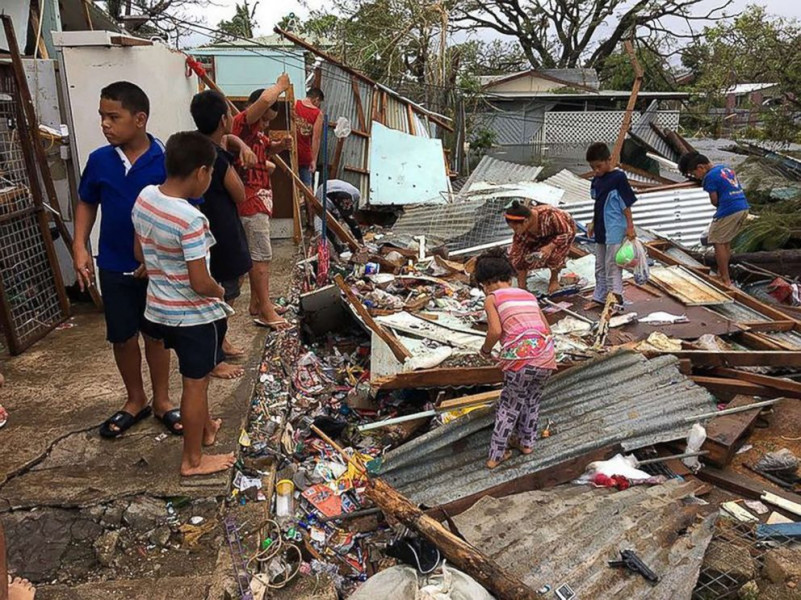Helping our Pacific neighbours in need
Helping our Pacific neighbours in need

Coming from a region prone to natural disasters, Pacific peoples know all too well the devastating effects of Mother Nature.
Currently, the Pacific is in the middle of cyclone season, where each year between November and April, an average of 10 tropical cyclones will form just off-shore.
Any one of these cyclones has the potential to strike land, bringing torrential rain, floods and gale force winds, destroying homes, devastating communities and disrupting people’s lives.
Within moments, winds from a tropical cyclone can devastate communities and destroy homes, sweeping away everything you hold dear.
With resources to share, New Zealanders are keen to offer assistance where they can to our Pacific neighbours.
The New Zealand Red Cross asks the public to donate financially instead of goods.
Often, people want to collect second-hand goods and send them to the affected area, however, New Zealand Red Cross says this approach is not recommended by international experts.
Collecting, storing and shipping donated goods takes time and often by the time the goods are sent, the emergency relief phase is over and priorities have changed.
Unsolicited or unwanted aid, especially containers, can clog up ports and logistics chains, which creates delays, distracting relief staff and resources from more important tasks – this is widely known as the “second disaster”.
It also means Red Cross is left with large quantities of unneeded goods, sometimes at great cost.
An effective way to aid recovery is by restoring livelihoods and local economic activity.
Where they can, Red Cross sources emergency relief goods locally as importing items can damage local retailers and affect market prices, especially in poorer communities.
The Red Cross stores large quantities of items needed during emergencies in warehouses throughout the world.
Across the Pacific, for example, it has more than 80 containers stocked with brand new, standardised items, which are ready to distribute within hours of a disaster.
This system means everyone in an affected community gets the same, high-quality items.
Communities recover faster when we source goods locally and use internationally-recognised relief items.
Although volunteering to go overseas might seem like the most logical thing to do following a disaster, it is not the best way of getting help where it is needed, according to the Red Cross, as there is already pressure on limited resources and infrastructure.
Highly-trained experts, with the skills needed to work in challenging emergency environments, are deployed by Red Cross to help in disaster and conflict situations.
As the world’s largest humanitarian network, Red Cross often has volunteers in the affected community with the advantage of speaking the language and understanding the culture.
Our aid workers work closely with these volunteers to provide help where it’s needed most.
If you would like to offer your help, you can donate to the Pacific Disaster Fund, giving those in the direct path of a pending disaster, the tools and support needed to stay safe, be resilient and support their family, friends and community.
You can also give a gift for good to help those who need it most – these donations go towards keeping people warm and providing them with shelter, water, and welfare.
